
Can Black and Latino Doctors Solve the Primary-Healthcare Crisis?
10/09/2013 04:05PM | 11229 viewsWhile the Affordable Care Act will provide health-insurance coverage for 32 million previously uninsured individuals (most of them lower-income Blacks and Latinos), there’s a serious concern that there won’t be enough physicians to treat these patients. And will new physicians understand the needs of a previously uninsured, undertreated and less-health-aware population?
A sobering new U.S. Senate report indicates that nearly 57 million people in the U.S.—about one in five—live in areas where they do not have adequate access to primary healthcare because of a shortage of providers. This shortage is most pronounced in rural and low-income areas, and it means more emergency-room visits, less access to preventive care, and less chance of someone establishing a relationship of trust with a healthcare provider.
Access to primary care has repeatedly been shown to have a strong impact on health disparities: One study from 2005 showed that access reduced deaths among Blacks four times more than among whites—even after controlling for education and income. Findings such as this usually point to the value primary care provides in terms of early detection and treatment of conditions such as hypertension and diabetes, and in terms of the ability to be screened for cancers, such as colon cancer, which are more likely to be treatable if discovered early.
As the shortage intensifies, the Association of American Medical Colleges reports that, while there has been a decrease in Black men applying to, accepted to, and entering medical school overall, among all people who do apply, Blacks expressed a greater interest in primary-care fields than other demographic groups.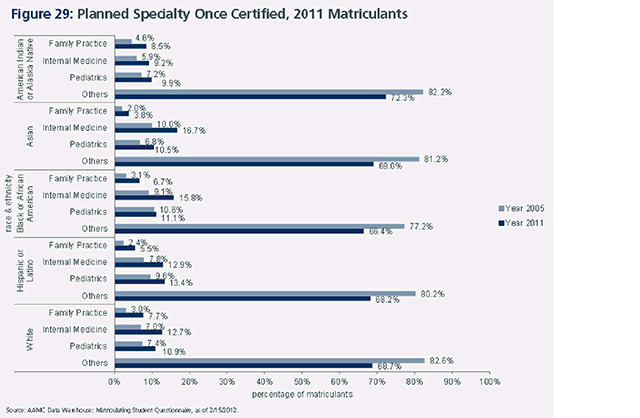
Blacks and Latinos are also willing to practice medicine in underserved areas more than any other group. Yet the gap will not be closed any time soon if the percentage of medical-school graduates does not better reflect the U.S. population: Over the past two years, the percentage of white entrants to medical school exceeded all other racial and ethnic groups by a substantial amount—57.1 percent in 2010 and 57.5 percent in 2011—while Black and Latino entrants were less than 15 percent of the total. Consider that Blacks and Latinos together are almost 30 percent of the U.S. population (and increasing rapidly, especially Latinos), and the gap seems even greater.
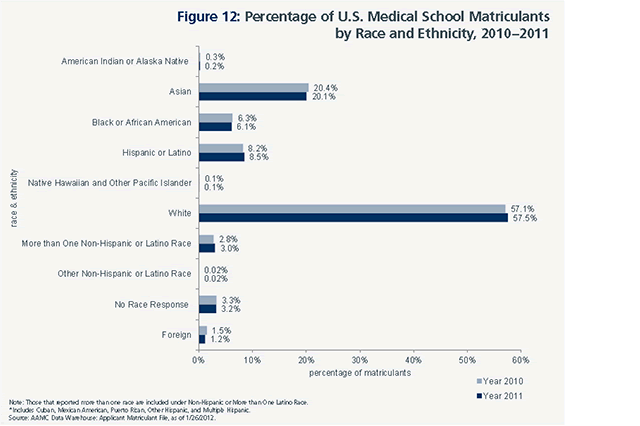
Further, these percentages of graduates are not necessarily even translating into similar percentages of practicing physicians. Blacks represent 14 percent of the U.S. population and only 4 percent of physicians, according to U.S. Census data and the American Medical Association Physician Masterfile, as reported by Kaiser Permanente. Meanwhile, Latinos represent 16 percent of the population and 5 percent of physicians.
In June 2012, Kaiser Permanente took a substantial step to close this gap: The organization expanded its relationship with National Medical Fellowships and contributed $1 million to support medical students through education and training programs. NMF is a not-for-profit organization that seeks to increase the pipeline of doctors, nurses and physician assistants from underrepresented groups by providing scholarships to medical students and by offering service learning programs to students in the health professions.
Cleveland’s University Hospitals is strongly committed to such efforts and has seen impressive results through its David Satcher Clerkship, a national model for recruiting Black and Latino medical students. Since the program’s inception in 1991, UH has increased its Black and Latino representation from 3 to 10 percent. The hospital’s Henry L. Meyer III KeyBank Faculty Minority Fellows Program is another of UH’s efforts to develop medical staff to provide culturally competent care.
The Mayo Clinic’s Minority Medical Student Career Development Programs are designed to help train students in meeting the needs of a diverse patient population. Mayo’s College of Medicine Diversity in Education Blog provides students a place to connect with each other and with those outside Mayo Clinic who are interested in working or receiving medical training there.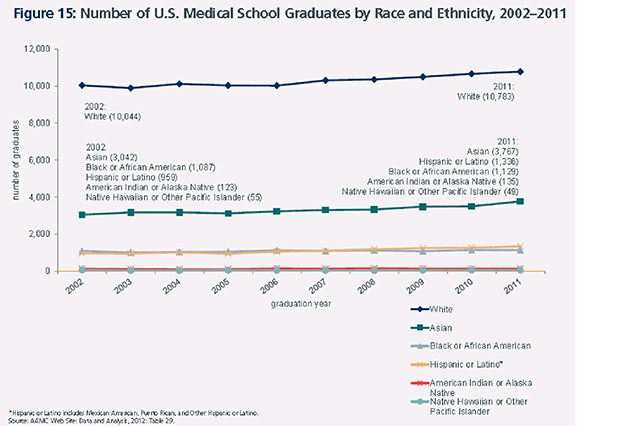
See original article








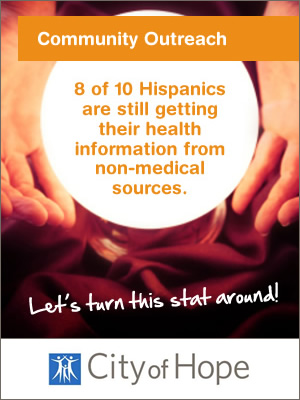
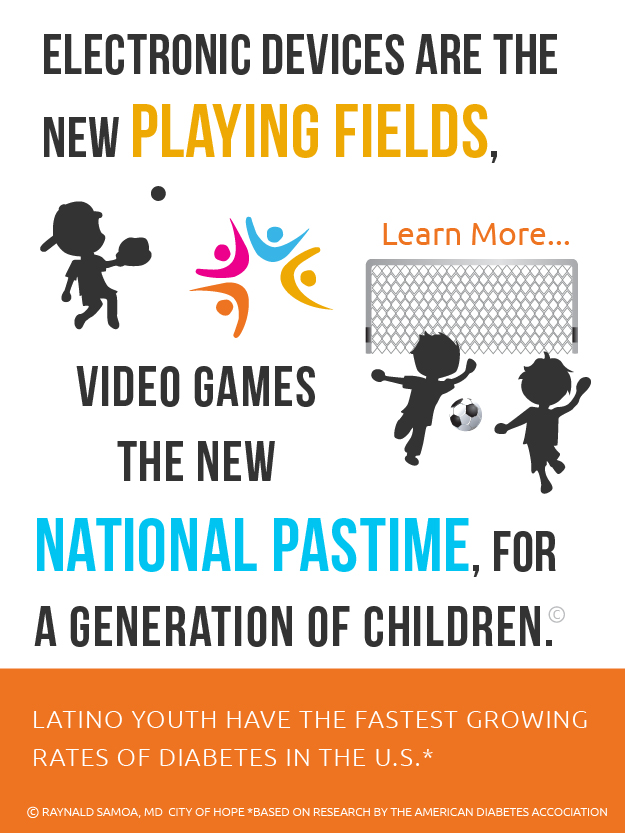

Post your Comment
Please login or sign up to comment
Comments